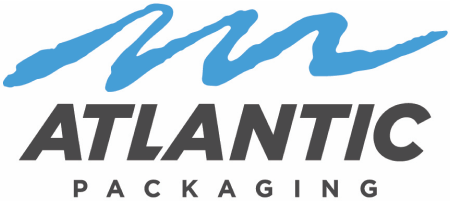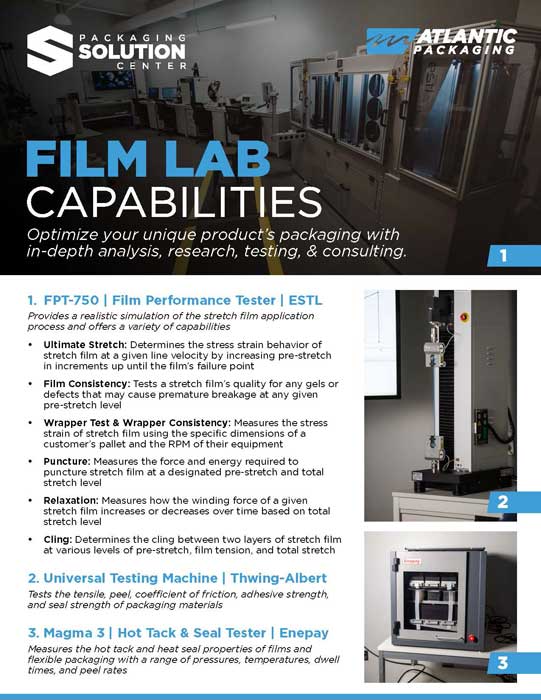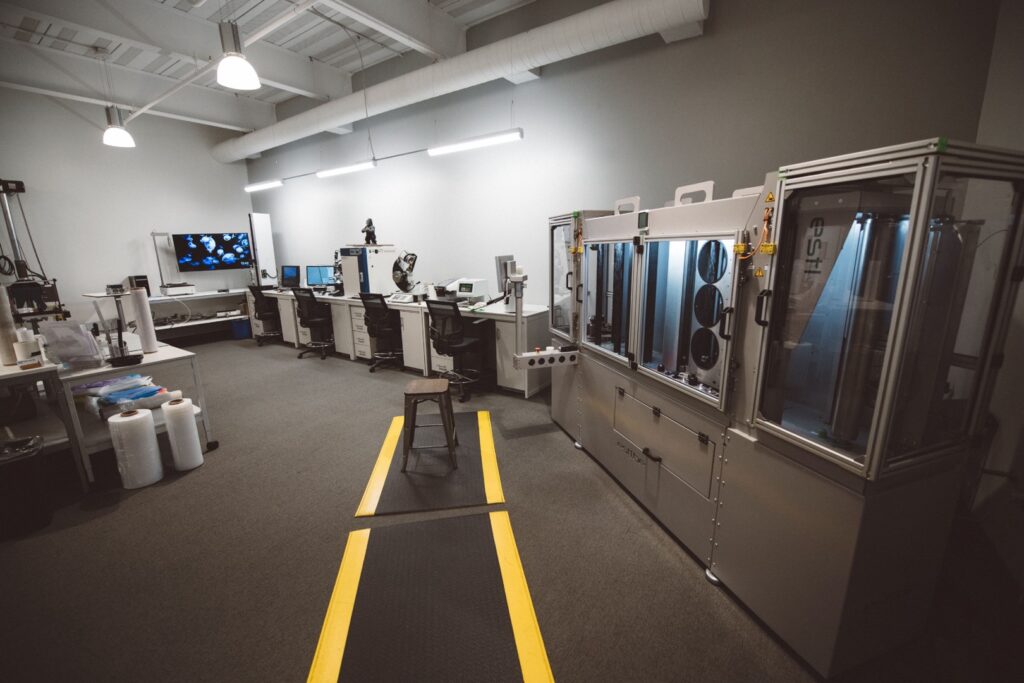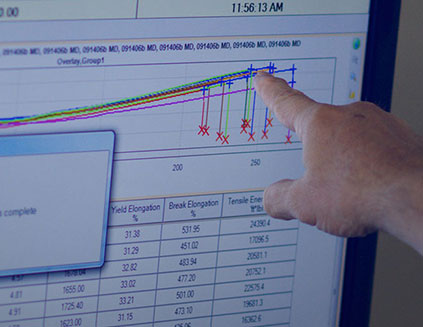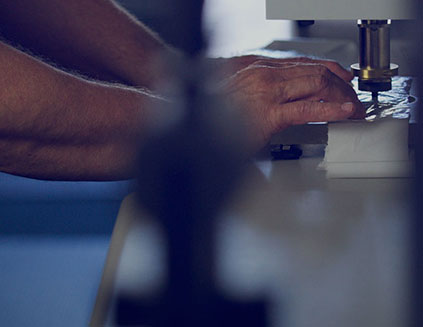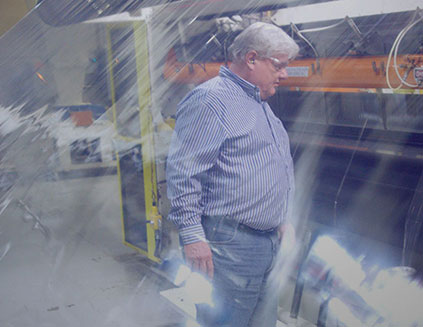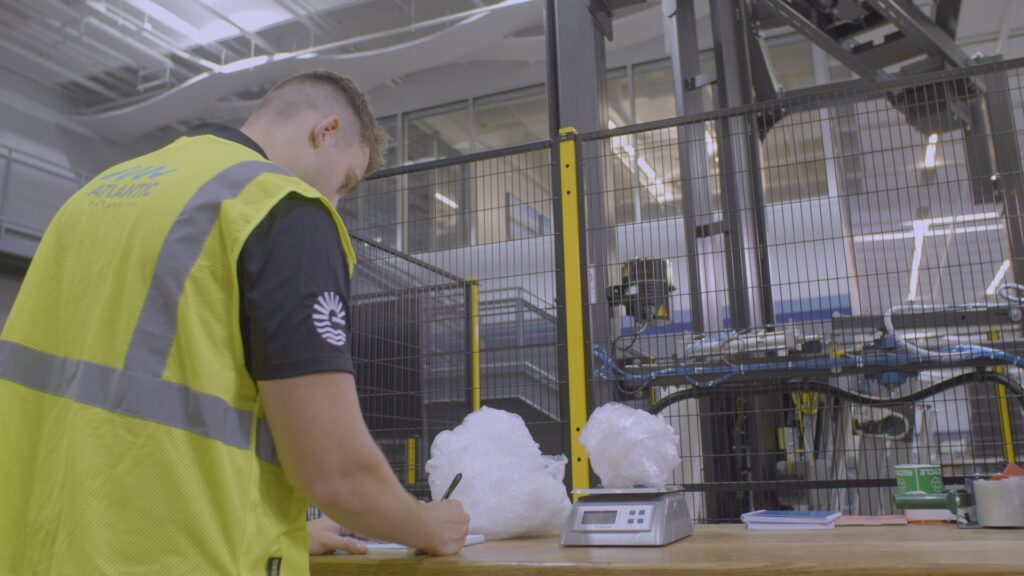Film Lab
The John Cook Packaging Research Lab
Polymer Chemistry Applied to Packaging
Optimize your unique product’s flexible packaging with in-depth analysis, research, testing, and consulting.
CURRENT MATERIAL ANALYSIS
When it comes to film applications, the first thing our team does is perform an audit of the current materials and application processes.
TESTING CAPABILITIES
Our state-of-the-art testing equipment and team of packaging experts determine the ideal packaging for your unique applications.
REPORTING
Film specialists analyze data gathered during testing to make recommendations for a better performing film or to help troubleshoot an existing problem.
FOLLOW THROUGH
Once we’ve determined the best films to use for your application, we follow up with training, monitoring, and technical service.
JOHN COOK
Our Film Lab is dedicated to longtime Atlantic Polymer Chemist John Cook. John began researching and innovating upon polyethylene resins in the 1970s, and his knowledge of packaging materials was instrumental to starting and running our Film Lab.
CASE STUDIES
Take a look at how we’ve been able to help our customers solve problems, improve efficiency, and save money.
Film Lab Videos
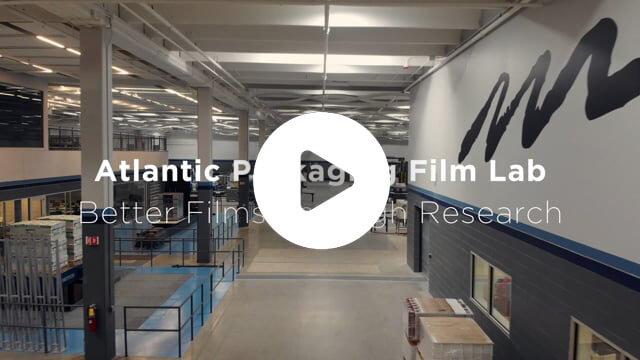
Sub Heading
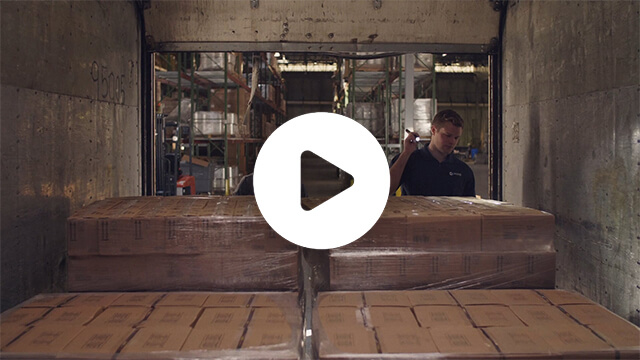
Sub Heading

Sub Heading

Sub Heading
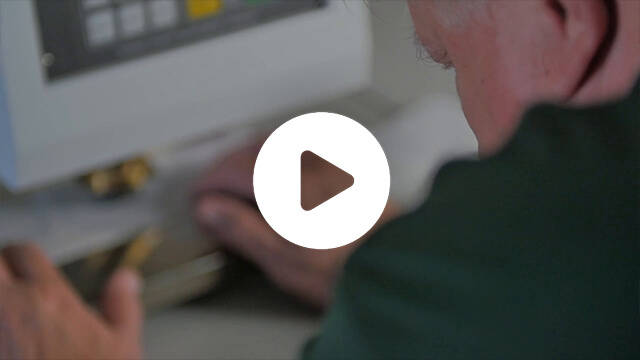
Sub Heading
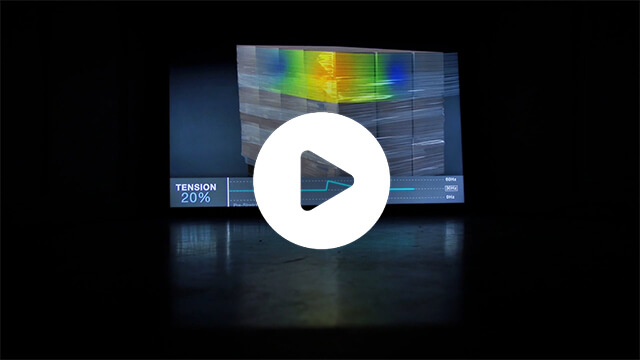
Sub Heading
THE ATLANTIC PACKAGING FILM LAB
We’re dedicated to studying and testing the properties of all types of films used in packaging applications. One section of the lab is devoted to stretch film, while the remainder is devoted to the testing of polyethylene film, bags, and sheeting, including shrink wrap. Overall, the Film Lab represents a tremendous source of value and potential for our customers.
The lab is equipped to determine film properties and collect data on film performance to sustainably optimize your unique product’s packaging. Our goal is to find the right material and application process to match a customer’s specific needs.
Our data collection at varied prestretch levels for stretch film properties – such as puncture resistance, load compression, tear propagation, and load containment – allow us to make film recommendations to our customers with the confidence that these will result in optimal performance, improved efficiency, and cost savings.
At Atlantic, we are committed to your success. The work we do in our Packaging Film Lab delivers measurable results for long-term positive outcomes.
WHAT WE OFFER
Knowledge, Savings, & Performance

“When we bring a customer to our Film Lab, we can show them how changing a film tension just a little bit can have a dramatic effect on the final load containment.”
Jake Wyns
Film Lab, Atlantic Packaging
